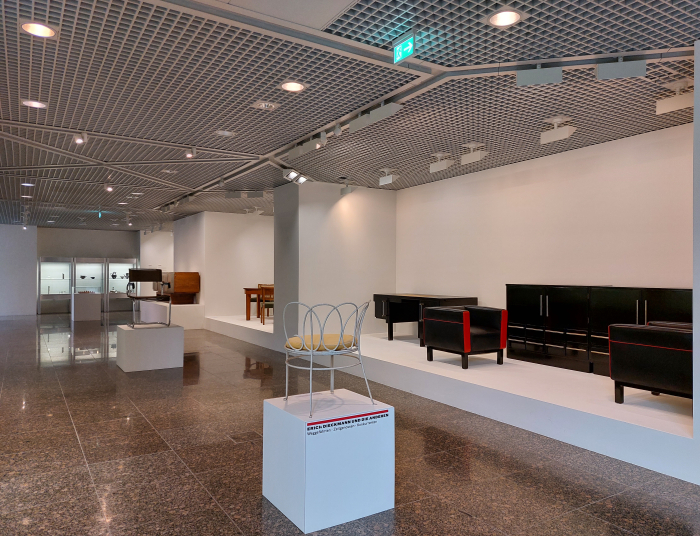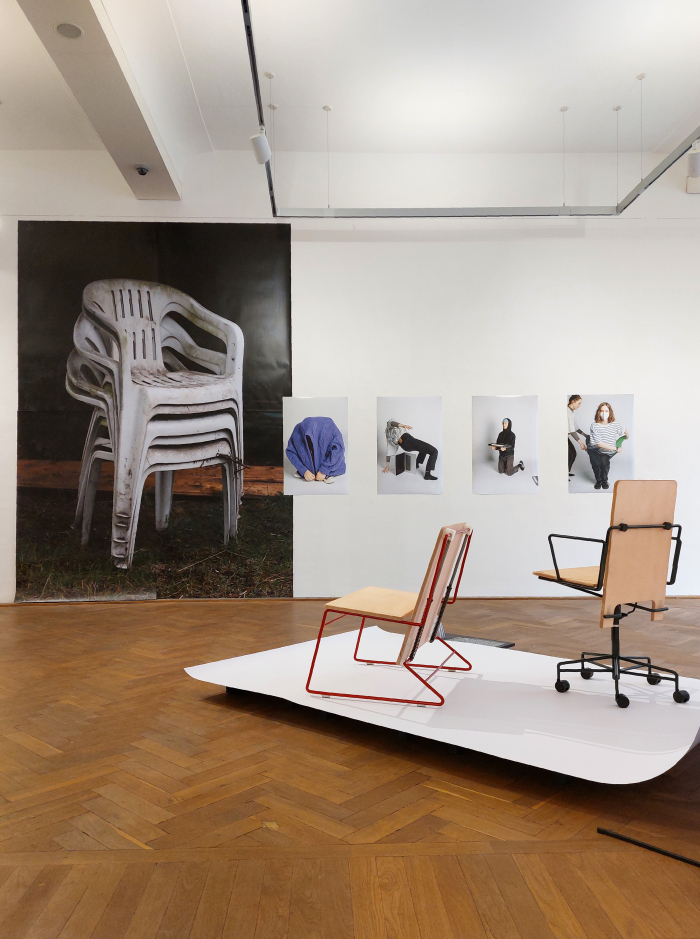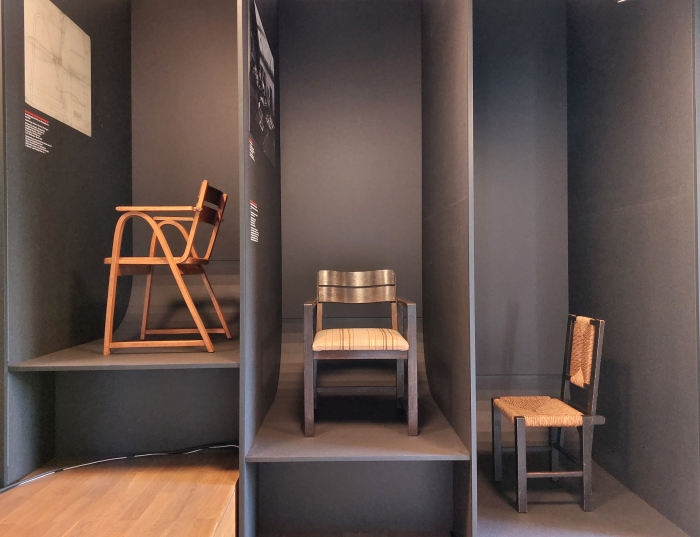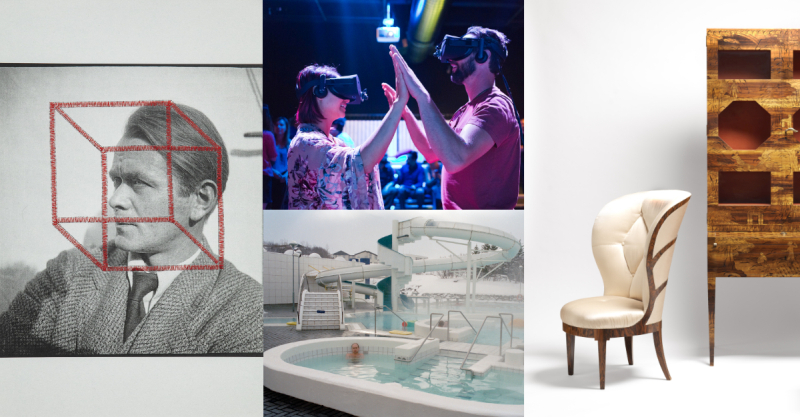Chairs: Dieckmann! The Forgotten Bauhäusler Erich Dieckmann at the Kunstgewerbemuseum, Berlin
Monographic exhibitions portraying designers from ages past, generally, only leave you with but little opportunity to directly assess, compare and contrast that designer in context of their time.
The, desired, concentrated focus on the protagonist leaving you, by necessity, not least by necessity of limits of time and space, primarily relying on those snippets of information and/or blurry images of objects, invariably popularly celebrated objects, your brain can recover in that moment, for any semblance of assessment, comparison and contrast with what others were realising in that period, any semblance of assessment, comparison and contrast with the positions and approaches of others in that period.
Following its run at Neuwerk 11, Halle, the exhibition Chairs: Dieckmann! The Forgotten Bauhäusler Erich Dieckmann is now on display at the Kunstgewerbemuseum Berlin, who have employed their own collection to expanded the Dieckmann presentation with contemporaneous works. To expand the works of Erich Dieckmann with works by The Others…….
Sitting reconsidered. Design, Observe, Stage at the Burg Galerie, Halle
Each and everyone of us sits innumerable times each and every day in a wide variety of contexts, yet we rarely, if ever, consider the act of sitting.
The exhibition Sitting reconsidered. Design, Observe, Stage at the Burg Galerie, Halle challenges us all to do just that…….
Chairs: Dieckmann! The Forgotten Bauhäusler Erich Dieckmann at Neuwerk 11, Halle
“…one only finds warmth of life and sincerity where human nature is allowed to flourish”, opined the German designer Erich Dieckmann in 1931, “one shouldn’t forget that in our apartments. Let’s treat our contemporary homes to something humane. Something unelaborate, something provisional, with some leeway and space for things to grow as they wish over time.”1
With the exhibition Chairs: Dieckmann! The Forgotten Bauhäusler Erich Dieckmann, the Kunststiftung des Landes Sachsen-Anhalt and Staatlichen Museen zu Berlin extend an invitation to explore how Erich Dieckmann understood an unelaborate, humane, contemporary apartment full of leeway and space to grow…….
5 New Architecture & Design Exhibitions for February 2022
According to the Roman scholar Marcus Terentius Varro February 7th marks the first day of spring.
Which strikes us, as we’re sure it does you, as a little early; however, there was reason in Varro’s bold claim, for Varro further sets February 7th as the start of the year, and for all links February 7th with the rising of the west wind, a favourable, warming wind, whose arrival indicates the need to start cultivating your land and crops, specifically Varro advises, “these are things which should be done in the first period, from the rising of the west wind to the vernal equinox: All kinds of nurseries should be set out, orchards pruned, meadows manured, vines trenched and outcropping roots removed, meadows cleared, willow beds planted, grain-land weeded.”1
But not just the cultivation of your land and crops is important from the rising of the west wind to the vernal equinox, the cultivation of mind and spirit and character is of equal importance.
Our five non-agrarian cultivation tips for February 2022 can be found in Halle, Garðabær, Paris, Stockholm and Zürich…….



